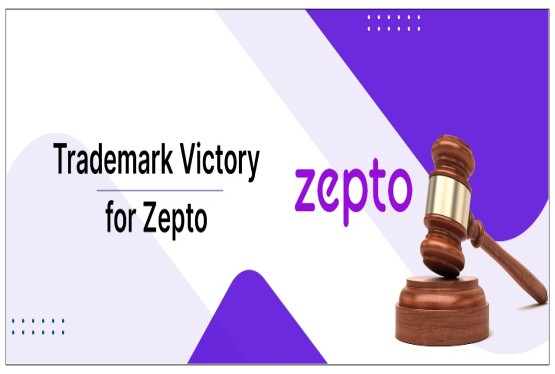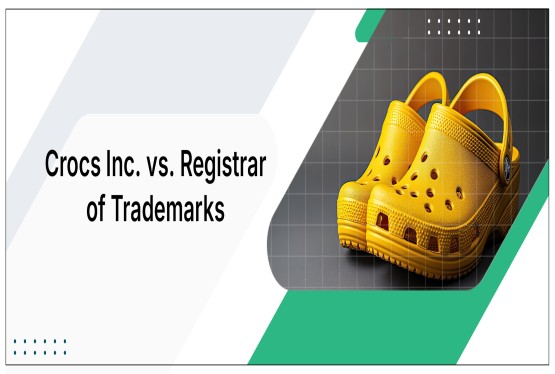Trademarks are valuable assets for businesses, representing the identity of a brand, goods or services. To protect their intellectual property, companies often use different trademark symbols to communicate the legal status of their trademark. Understanding these symbols is essential for businesses and consumers alike. In this article, we will explore the most commonly used trademark symbols and their meanings.
1. ™ - The Trademark Symbol
The ™ symbol, standing for "trademark," is used to indicate that a particular sign, logo, or word is being claimed as a trademark. It serves as a notice to others that the company intends to protect the brand but does not necessarily mean the trademark is officially registered with a governmental authority.
-
Meaning: The ™ symbol does not imply registration, but signals that the mark is being used as a trademark in commerce.
-
When to Use: It can be used on any trademark, even if it is not officially registered. It is often used as a precursor to filing for official registration.
-
Legal Protection: While the ™ symbol provides limited legal protection, it still warns others that the business is claiming the mark as its intellectual property.
2. ® - The Registered Trademark Symbol
The ® symbol is the ultimate indicator that a trademark has been officially registered with a trademark office. Once a trademark is granted official Trademark registration, the ® symbol can be used.
-
Meaning: The ® symbol signifies that the trademark has been granted legal protection under trademark laws and is fully registered.
-
When to Use: It can only be used after the trademark has been successfully registered. Unauthorized use of the ® symbol before registration can result in legal penalties.
-
Legal Protection: Using the ® symbol grants the owner stronger legal protection, including the right to take action against infringers and claim damages.
3. SM- The Service Mark Symbol
The SM symbol is similar to the ™ symbol but is specifically used to indicate that a mark is being used in connection with services, rather than goods. Service marks are trademarks that differentiate services from others in the marketplace, and the SM symbol alerts others to this fact.
-
Meaning: The SM symbol is used to represent a service mark, which distinguishes the services of one provider from those of another.
-
When to Use: It is used in connection with services that are being marketed or offered but have not yet been registered.
-
Legal Protection: Like the ™ symbol, the SM symbol does not provide legal protection unless the service mark is registered. However, it does serve as notice to others that the mark is in use.
4. ©- The Copyright Symbol
The © symbol signifies that a work is granted the copyright registration. It is used to indicate that the creator or owner of the work has claimed copyright over the work and has exclusive rights to its use, reproduction, and distribution.
-
Meaning: The © symbol is used for original works of authorship that are protected by copyright, including written works, music, films, software, photographs, paintings, sculptures, and more.
-
When to Use: The © symbol represents copyright protection, which is automatically conferred to original works of authorship as soon as they are created and fixed in a tangible medium of expression. This includes literary, musical, artistic, and other creative works.
-
Legal Protection: The use of the © symbol does not grant copyright protection itself but serves as public notice that copyright exists. This helps to inform the public that the work is protected by copyright law.
Conclusion
Trademark symbols play a crucial role in communicating the legal status of a brand. Understanding when and how to use the ™, ®, and SM, © symbols helps businesses protect their intellectual property, while informing the public about the legal status of the brand. Whether a mark is in the registration process or fully protected, these symbols serve as vital tools for brand management and enforcement. For businesses, using the appropriate trademark symbols ensures that they maintain control over their brand identity and avoid legal disputes over ownership.






























_(b)_of_the_Trademark_Act,_1999_(1)_crop10_thumb.jpg)



_crop10_thumb.jpg)




























_crop10_thumb.jpg)
_crop10_thumb.jpg)






_crop10_thumb.jpg)








_crop10_thumb.jpg)
_crop10_thumb.jpg)



_crop10_thumb.jpg)





























_crop10_thumb.jpg)

















_crop10_thumb.jpg)






_crop10_thumb.jpg)











































































































































_crop10_thumb.jpg)




































_crop10_thumb.jpg)












_crop10_thumb.jpg)






















